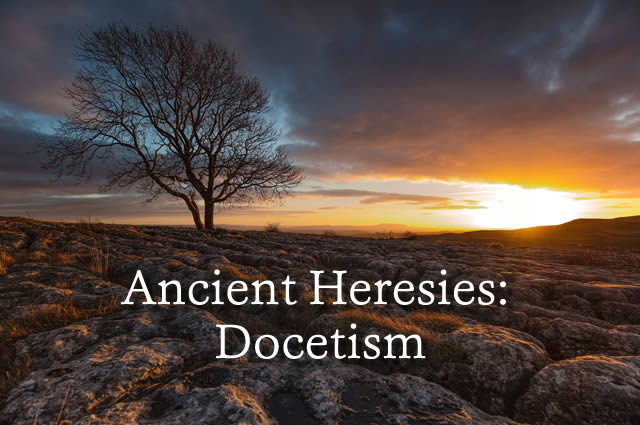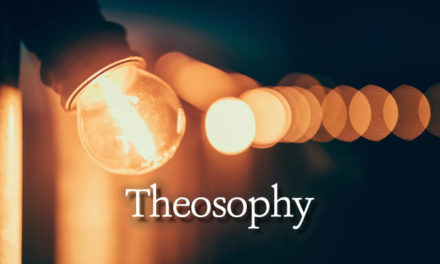Most of the earliest heresies in Christianity originated from the Gnostic influence on the Church that was so prevalent at the time.
Christians are aware that what we read in the New Testament is frequently a response, or reaction, to what was going on in the Church at that time. Much of the New Testament is a record of the application of revealed Truth to a contemporary problem. Someone might think that what was going on two millennia ago is not quite relevant to our circumstances in a modern world. That is not true at all.
Ancient heresies arose from two primary motivations. One motive was to “perform” acceptably to God. When this motive came in contact with human actions that were deemed unacceptable the reaction was to withdraw to a purer lifestyle. Though this is not wrong per se it can give rise to a legalistic standard that can be worse than the original problem. This legalistic “performance” motive is outwardly focused, and fleshly.
The other primary motivation is an inward focus. It is concerned essentially with a mystical “knowing” of God, or truth, that enables the person to rise above the mundane world and live on a higher spiritual plane. To know God better and to live better are wonderfully good motives. However, when this motive is misdirected it can lead to corruption of biblical doctrine just as serious as that of legalism.
The Docetists were such a heresy. The word Docetism is derived from the Greek word ‘dokeo,’ which means ‘to appear.’ The heart of the Docetist error was in their denial of the true humanity of Christ Jesus. The Gnostic doctrine that God, who is pure spirit, cannot have real contact with matter, which Gnostics say is impure, led to the denial of the humanity of Christ. The body he lived in merely ‘appeared’ to be real. The Docetists did not deny the deity of Christ. It is because they believed in His deity that they stumbled over His humanity.
Docetism influenced the Church during the late First and early Second century AD. This heresy was among the Gnostic doctrines that John addressed in his first epistle. Christ wasn’t merely an appearance when John said in the opening verses of his First epistle, “That which was from the beginning, which we have heard, which we have seen with our eyes, which we have looked upon, and our hands have handled, of the Word of life.”
In Chapter 2 John said, “Who is a liar but he that denieth that Jesus is the Christ? He is antichrist, that denieth the Father and the Son (vs. 22).” Gnosticism held that Jesus was one thing and the Christ was another. To say Jesus IS the Christ is to bring the material into contact with the spiritual.
Finally, John said, “Beloved, believe not every spirit, but try the spirits whether they are of God: because many false prophets are gone out into the world. Hereby know ye the Spirit of God: Every spirit that confesseth that Jesus Christ is come in the flesh is of God“ (4:1-2).
Today the Docetist error lives on in the Church of Christ, Scientist, or Christian Science. Christian Science teaches that “The Christ is incorporeal, spiritual,… The corporeal man Jesus was human only (Science and Health With Key To The Scriptures, page 332). And again, in Miscellaneous Writings Christian Science says, “The spiritual Christ was infallible; Jesus as material manhood was not Christ” (page 84).
Other Gnostic based contemporary cults include the Unity School of Christianity and Church of Religious Science. These have also incorporated occultic and New Age elements into their doctrine and practice.
By David Henke






